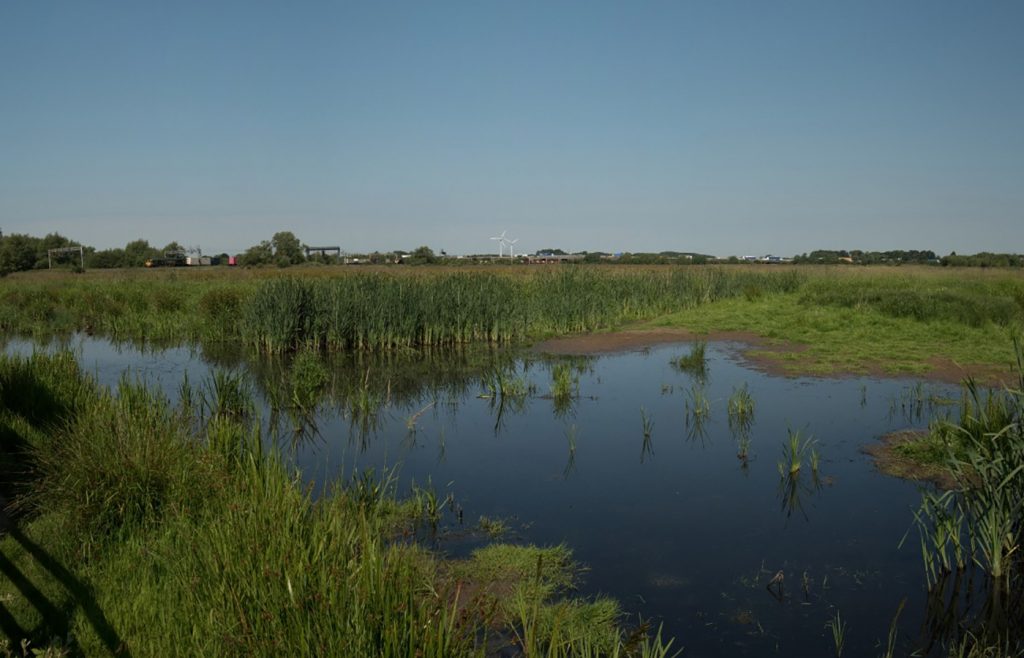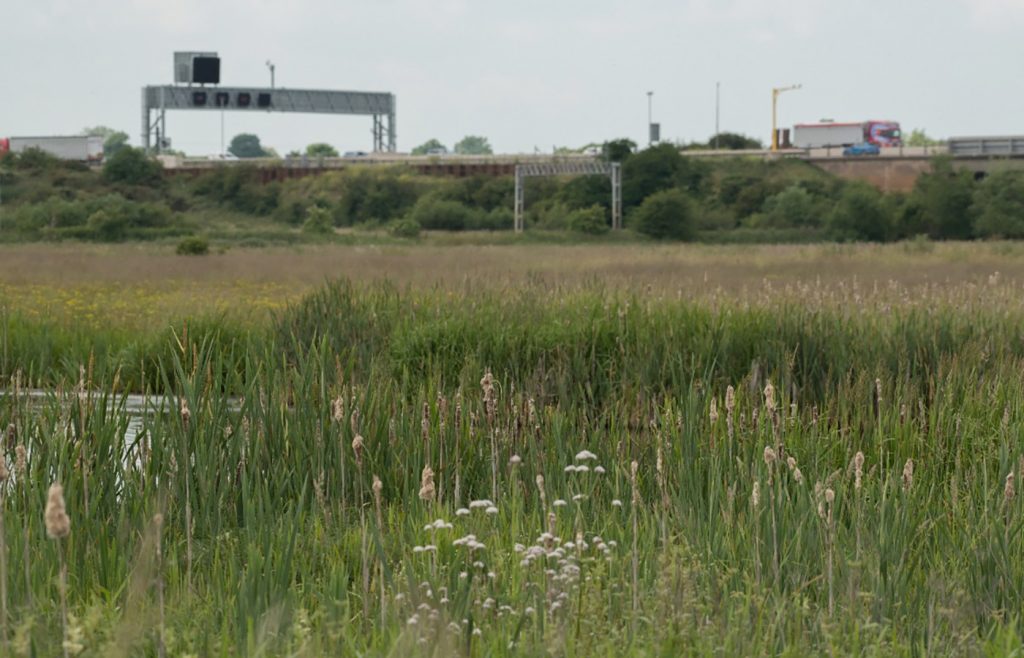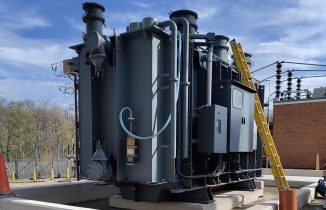
A £4.1 million scheme which will create havens for wildlife to flourish, alleviate flooding and give residents in a Staffordshire town better access to their rivers and green spaces has been unveiled.
The Stafford Brooks Project will target 25 locations alongside the rivers and streams of the town, improving habitats to enable wildlife numbers to grow and providing homes to a wider variety of species.
National Highways is funding the scheme working in partnership with Staffordshire Wildlife Trust (SWT), Stafford Borough Council and the Environment Agency.
The partnership will mark the launch of the project on Monday 4 July when the Mayor of Stafford Borough, Councillor Philip Leason, will plant a rare black poplar tree at land off Fairway, near the River Sow. This is one of the sites which will benefit from the funding.
Other sites include the SWT owned and managed nature reserves Radford Meadows and Doxey Marshes, a Site of Special Scientific Interest that borders the M6. The project will also encompass Marston Brook, Pearl Brook, Kingston Brook, Rising Brook and many of the habitats close to the Rivers Sow and Penk.
One of the key objectives of the scheme is to extend, restore and create new habitats which could become home to a variety of wildlife including otter, wading birds such as lapwing and snipe and a range of amphibians.
The project will also help create, restore and connect places for wildflowers, trees and wildlife, where the environment has been impacted by activities from previous road building. Nature-based solutions such as new wetlands and reed beds will help filter polluted run-off from roads.
Improving access to the town’s rivers and green spaces is another goal as this provides opportunities for people to connect to nature for their own health and wellbeing.
Under the project plans, floodplains will be restored to increase their ability to store water when river and waterway levels rise. This will reduce the risk of flooding of nearby homes and businesses alleviating seasonal pressures felt across the town.
National Highways, which has been upgrading the nearby M6 between junctions 13 (Stafford) and 15 (Stoke-on-Trent), is funding the project through its Environment and Wellbeing Designated Fund.

National Highways Development and Sponsorship Director, Peter Smith, said: “The riverways and nature reserves of Stafford are some of the town’s most treasured features and can play such an important part in enriching people’s wellbeing.
“At National Highways, our work goes far beyond managing roads, we’re investing in the environment and communities surrounding our network and the Stafford Brooks Project is an example of the difference we can make with designated funding.
“This investment underlines our commitment to reducing the impact of our roads on the environment and supporting biodiversity. We appreciate there has been some disruption while we upgraded the M6 but we are able to give something back to the community with projects like Stafford Brooks, the benefits of which will be enjoyed for years to come.”
Head of Nature Recovery Networks for Staffordshire Wildlife Trust, David Cadman, said: “Working with partners, we have the opportunity to make long lasting improvements for the people and wildlife in Stafford. Whereas some projects are contained to a small area, this work will benefit multiple locations in town and will link together key places to create a wider network for nature’s recovery. Not only will this project improve biodiversity and water quality, it will also help tackle the nature and climate crises as the improvements will increase carbon storage and reduce the risk of flooding.”
Councillor Frances Beatty, Cabinet Member for Economic Development and Planning at Stafford Borough Council, said: “This is fantastic news. It is a significant investment that will make a huge difference by opening access along our rivers and streams. I have no doubt that we will be seeing an array of wildlife and wetland plants establishing themselves once again for people to learn about and enjoy.
“Restoring nature along our water corridors is going to help tackle the climate crisis, contribute greatly to nature recovery and will surely improve our physical and mental health. These plans are a great example of how we are working with knowledgeable partners across a range of environmental projects for the benefit of our communities.”
Madeleine Gardner, Catchment Coordinator at the Environment Agency, said: “The Stafford Brooks project is a fantastic initiative that will greatly enhance the riverways and wildlife habitats in Staffordshire. The Environment Agency has been involved since the initial stages and we have used our evidence base and expertise to help identify suitable sites for improvement.
“We look forward to continued working with the Stafford Brooks Partnership to support delivery of this exciting project.”
Currently in its third year, National Highways’ Designated Funds programme, which was allocated £936m for Roads Period 2 (2020-2025), is divided into four funding streams aimed at making the biggest difference and delivering lasting benefits: environment and wellbeing, users and communities, safety and congestion and innovation and modernisation.
The Stafford Brooks Project is in addition to a national partnership between National Highways and The Wildlife Trusts entitled Network for Nature. This is a new £6 million programme that will improve habitats across the country, benefitting people, nature and wildlife.
The projects will help create, restore and connect places for wildflowers, trees and wildlife, where the environment has been impacted by activities from previous road building. Twenty-six biodiversity projects will enhance, restore and create more than 1,700 acres (690 hectares) of woodlands, grasslands, peatlands and wetlands across every region of England.





